Cleaning Painted Walls, Especially Stains, and Dirt on Oil Paint or Plastic Paint
Cleaning oil or plastic wall paint can be challenging. Stains and dirt are easily absorbed on these surfaces; if they are not cleaned in time, they will be more difficult to clean. The beauty of painted surfaces, whether oil or plastic, is an important part of the beauty and cleanliness of your home. Stains and dirt not only create an unsightly appearance but also damage the paint over time. The good news is that there are several ways to clean stains from oil and plastic paints without damaging the surface. In this article, we provide step-by-step instructions for cleaning various types of stains from oil paint and plastic. We will also teach tricks that you did not know until now.
Initial actions
Having the cleanliness and shine of painted surfaces, whether oil or plastic, is essential for their beauty and longevity. Stains and dirt not only create an unsightly appearance but can damage paint over time. Before any action, it is necessary to observe the following:
- Before any action, identify the type of stain. Different stains may require different cleaners.
- The faster you clean the stain, the easier it will be to remove. Clean the fresh stain with a clean soft cloth or damp sponge.
- The type of detergent you use depends on the type of stain. For common stains, use a solution of warm water and mild dishwashing liquid. For tougher stains, you can use white vinegar, rubbing alcohol, or baking soda.
- Always test the cleaning solution on a small, inconspicuous area of the paint first to make sure you don’t damage the paint.
- Before using any new cleaner, test it on an inconspicuous area of the painted surface to make sure it won’t damage the paint.
- Use soft, lint-free cloths to clean surfaces.
- Dry surfaces thoroughly after cleaning with clean water and a dry cloth.
In this part, we explained the basic steps to cleaning painted walls, stains, and dirt on oil paint and plastic.
General methods of cleaning stains
The following methods can generally be applied to cleaning painted walls, and stains and dirt on oil and plastic paint.
- Water stains: To clean water stains, first dry the surface with a soft and clean cloth. If the stain remains, use a solution of warm water and mild soap.
- Grease and oil stains: To clean grease and oil stains, you can use dishwashing detergent, white alcohol, or surface cleaners.
- Colored pencil, marker, and pen stains: white alcohol, acetone, or hair spray are good options for cleaning this type of stain.
- Ink stains: If you have ink stains, use white alcohol, white vinegar, or hair spray.
Golden tips for cleaning painted wall
- For stubborn stains, you can use cleaning paste or stronger detergents.
- Be sure to use gloves and proper ventilation when using strong detergents.
- If the stains cannot be cleaned by home methods, seek the help of professional cleaning companies.
- For oily stains, use baby powder or cornstarch. Pour the powder on the stain and leave it for a few hours to absorb the oil. Then remove the powder with a vacuum cleaner and clean the stain using the methods mentioned above.
- For ink stains, white alcohol or hair spray is suitable. Pour alcohol or hairspray onto a cotton pad and gently apply to the stain. Then wipe the stain with clean water.
- For paint stains, use paint thinner or paint cleaner. These substances should only be used as a last resort as they can damage the paint.
- It is important to always read the instructions carefully before using any new product.
- Avoid using acids, alkalis, and strong detergents on painted surfaces as they can damage the paint.
This section explains the general methods of cleaning painted walls, stains, and dirt from oil and plastic paint.
Special cases of cleaning painted wall
Sometimes cleaning painted walls and cleaning the wall with oily and plastic paint is not only on the wall of the house. Other places, such as the ceiling, and plastic flooring, also include special items.
- Oil-painted walls: To clean oil-painted walls, use a solution of warm water and mild soap. Avoid strong or acidic detergents, as they can damage the paint.
- Oil-painted ceilings: To clean oil-painted ceilings, you can use a t-shirt or a long towel dipped in a solution of warm water and mild soap. If necessary, use the tips and explanations of the previous section.
- Plastic floors: To clean plastic floors, use a variety of surface cleaners and cleaners for plastic floors.
How to prepare homemade cleaning solutions?
It is not always necessary to buy a cleaning solution to clean the painted wall and to remove the stain from the paint, sometimes you can prepare it at home. such as the following:
- Hot water and soap solution: This solution is suitable for cleaning common stains such as water stains, dirt, and fingerprints.
- White vinegar solution: White vinegar is a natural disinfectant and is used to clean greasy and oily stains as well as mold and fungus stains.
- Baking soda solution: Baking soda is a mild abrasive that is used to clean stubborn stains.
- White alcohol solution: White alcohol is suitable for cleaning ink stains, colored pencils, and markers.
Methods of cleaning stains from oily or plastic wall paint
To clean stains and dirt from oil or plastic walls, you can use the following methods:
– Oil painted walls:
– Use special brushes or vacuum cleaners for dust removal.
– To clean the dust, you can use a napkin or a long cloth for the wall.
– Cleaning fingerprints or stains quickly and you don’t need a lot of water to clean.
– To clean stains, you should not use harsh chemicals or strong grease cleaners. Remove stains by gently wiping them with a damp sponge.
–Plastic color walls:
– To wash the grease from the walls, use warm water with a normal cleaner.
– Put a clean sponge in water and clean excess water; Then draw slowly on the wall.
– For stains such as fingerprints or ink, baking soda paste and water are suitable. White vinegar with water can also be effective.
You can use these methods to clean painted walls in your home.
7 cleaning steps:
- Determine the type of stain: In the first step, determine the type of stain. This will assist you in selecting the optimal cleaning technique. Common stains include:
- Grease and oil stains: These stains are often caused by food, grease, or fingerprints.
- Water stains: These stains are left on surfaces by water, coffee, or soda.
- Color spots: Sometimes these spots are caused by paint or nail polish.
- Mold stains: Mold can grow in damp areas such as bathrooms or kitchens.
- Clean the stain quickly: The faster you clean the stain, the easier it will be to clean. Clean fresh stains with a clean, damp cloth.
- Prepare the right cleaning solution: Here are some instructions for different cleaning solutions:
For grease and oil stains: Mix 2 tablespoons of dishwashing liquid in 1 cup of warm water.
Water stains: Mix white vinegar with water.
For color stains: use white alcohol (methyl alcohol).
Mildew stains: Mix 1/4 cup baking soda with 1 cup warm water.
- Test the stain: Before using any new cleaning solution, test it on an inconspicuous area of the paint. This is how you make sure that the solution does not damage the paint.
- Clean the stain: Apply the cleaning solution to a clean cloth or sponge. Gently rub the stain until it is totally removed.
- Wash the surface: After the stain is cleaned, wash the surface with clean, warm water.
- Dry the surface: Dry the surface with a clean, soft cloth.
- Avoid rough brushes or scrub pads, as they can damage the paint.
- Do not use cleaners that contain harsh chemicals such as bleach or ammonia, as they will damage the paint.
- If the stain is stubborn, you may need to use a stronger commercial cleaner. Before using any new product, carefully read the instructions on the label.
- Clean painted surfaces regularly with a damp cloth to prevent staining.
- Clean spills immediately.
- Use coasters and coasters to protect your tables from water stains.
- Protect painted surfaces when painting or working with chemicals and basic color or main paint.
By following these instructions, you can easily clean stains and dirt from oil and plastic paints and keep your surfaces nice and clean.
Conclusion
However, using the right methods and mild detergents, you can easily clean stains and preserve the beauty of your painted surfaces. By following the points mentioned in this article, it is possible to clean the wall paint easily and you will preserve the shine and beauty of oil and plastic surfaces. Be careful, when cleaning the stain from the paint, if you use any chemicals, be sure to carefully read and follow the safety instructions included on the product.


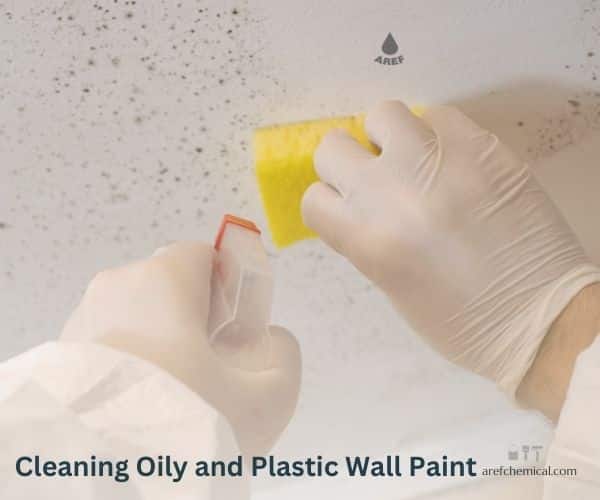
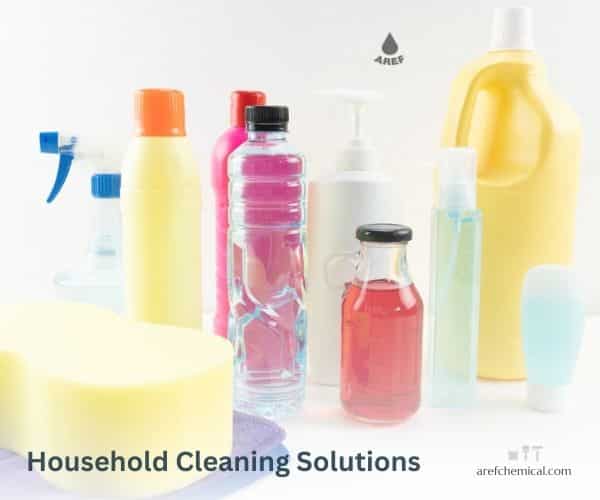
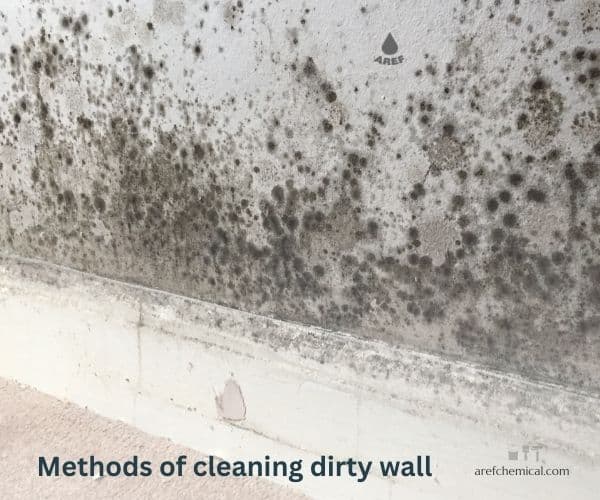
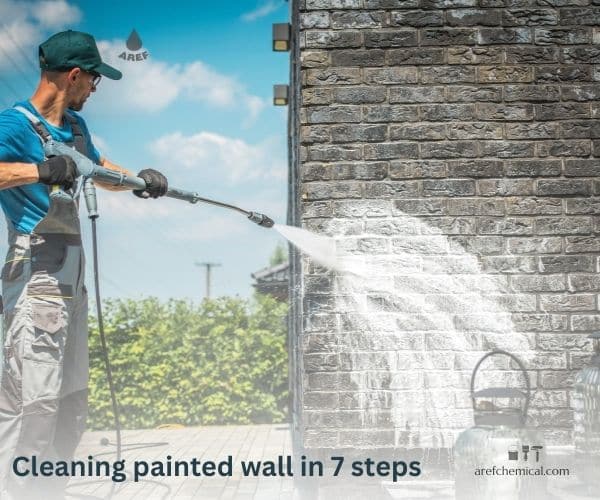
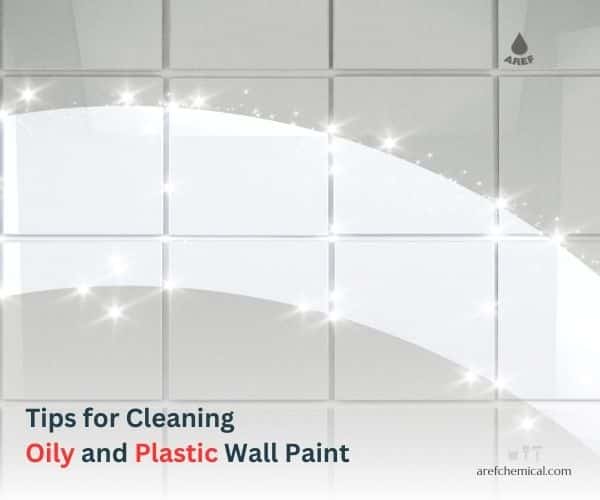


11 Responses
so useful
thank you
These 7 steps are the best way for cleaning spots 🧼
use the right methods and mild detergents
thank you and good luck
https://behdama.com/%D8%B9%D9%84%D8%A7%D8%A6%D9%85-%D8%AE%D8%B1%D8%A7%D8%A8%DB%8C-%D9%85%D9%86%D8%A8%D8%B9-%D8%A7%D9%86%D8%A8%D8%B3%D8%A7%D8%B7-%D9%BE%DA%A9%DB%8C%D8%AC/
[…] of smell: unlike oil paints, acrylic paint does not have a pungent and nasty smell and is suitable for use in interior […]
It was very helpful.
https://tavatranslation.com/
thanks
i agree with you
https://daroosf.com/%D8%AF%D8%A7%D8%B1%D9%88%D9%87%D8%A7%DB%8C-%D8%B6%D8%B1%D9%88%D8%B1%DB%8C-%D8%AF%D8%B1-%D8%B3%D9%81%D8%B1/
thanks bro
https://daroosf.com/%D8%A7%D8%B3%D8%AA%D8%B1%D8%B3/
so good news
https://qomtamirat.com/
It was helpful and useful thank you.
https://daroosf.com/